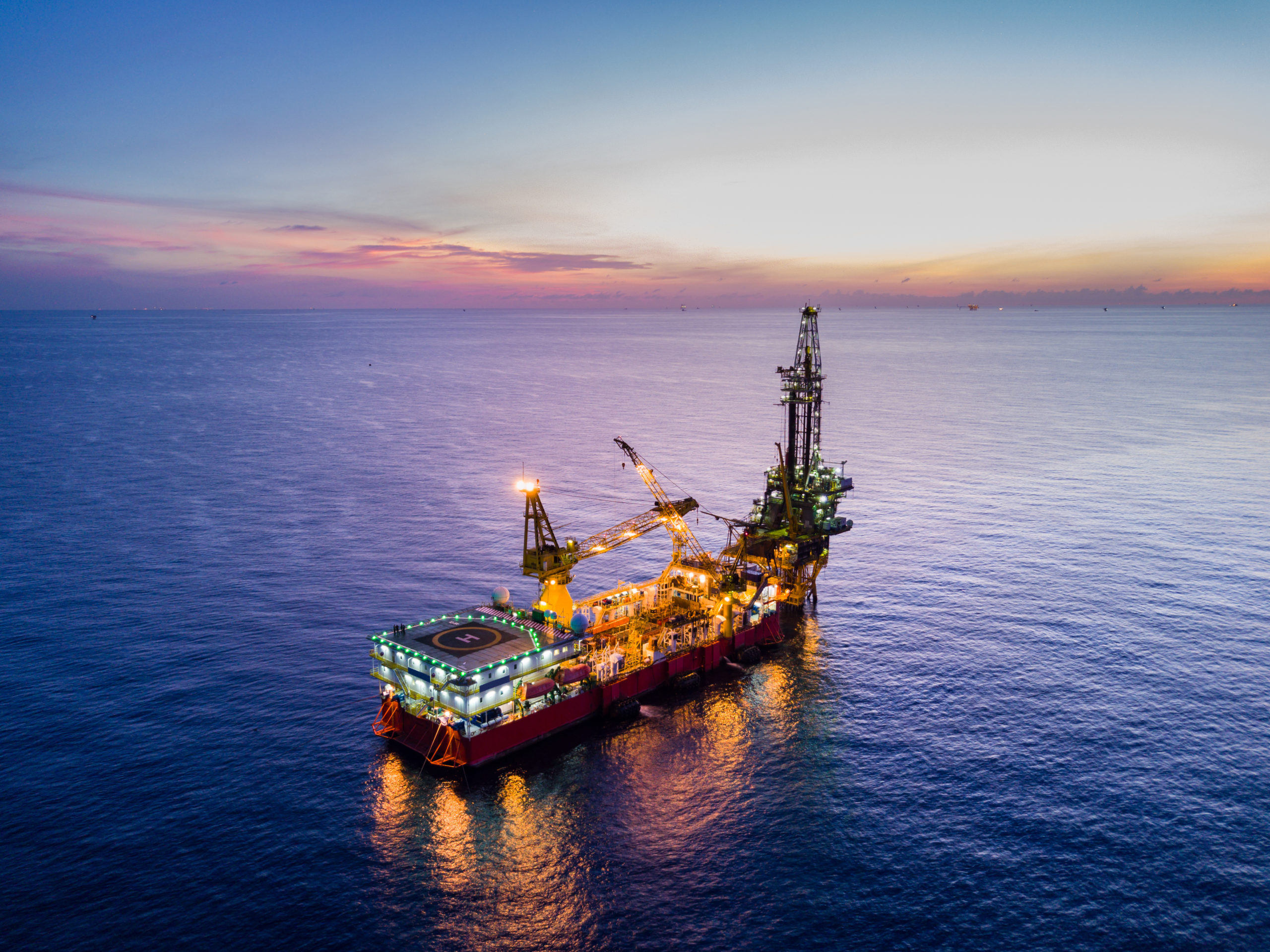Ukraine war, prices jeopardize Thai climate goals
The Ukraine war and its impact on global energy prices is creating headwinds for Thailand and its climate goals.

The war in Ukraine is sending shock waves across the globe, not only geopolitically, with inflationary and economically troubling multi-year high oil prices and record high natural gas and LNG prices, but it’s also creating headwinds for Thailand and its climate goals.
Part of the fall-out for Thailand, a member of the Association of Southeast Asian Nations (ASEAN), is due to its energy policy of depending more on imported LNG. The country was the first southeast Asian nation to build an LNG regasification terminal, the 11.5 mmty Map Ta Phut terminal near Bangkok, in 2011. Thailand also has plans for at least two more LNG receiving terminals, in addition to a floating storage re-gasification unit (FSRU) in southern Thailand.
The country’s LNG push was a twin effort aimed at not only reducing its coal usage needed for power production, while lowering its carbon emissions, but offsetting gas reserve depletion in the Gulf of Thailand.
When Gulf of Thailand gas reserves will be depleted depends on whose forecasts you use, but Thailand’s National Energy Reform Committee projects that gas in the Gulf is already in its last life cycle before depletion in less than ten years – a problem for Thailand’s power production and economic growth. Gas represents around a quarter of the country’s power generation mix.
As such, Thailand is caught in a bind that will be hard to eradicate. Adding to the fray, its energy policy also depends on importing LNG procured on the spot market to supplement its long-term off-take agreements.
Unfortunately for Thailand, higher gas prices in Europe have been exacerbated by Russia’s invasion of neighbouring Ukraine. Western sanctions against major gas producer Russia and the threat of even more economic disruption will create continued upward pressure on global gas prices over at least the mid-term.
Against this growingly complex scenario, Thailand finds itself not only competing for LNG cargoes with price-weary Europe but paying record-high spot prices in the Asia-Pacific region, a quintessential demand destruction dilemma.
Spot LNG in the region breached the $80/MMBtu price point in early March. Since then, prices have pared gains but are now hovering in the mid $30s-range. By way of comparison, in April 2020, during the first few months of the Covid-19 pandemic and corresponding economic contraction, spot LNG in Asia was fetching below the $2/MMBtu price point, an historic low.
Thai carbon reduction goals in jeopardy
Indicative of these dynamics, Thai Energy Permanent Secretary Kulit Sombatsiri said earlier this month that high LNG prices will cause the country to pivot back to oil usage for power generation.
Thai Energy Regulatory Commission (ERC) Secretary-General Komkrit Tantravanich reiterated that pivot, saying that some power plants will switch to using oil and diesel to generate electricity to lower gas demand, while the government was extending the closure of a coal power plant and biomass contracts.
Phumthep Bunnak, a policy analyst at the Thai Ministry of Energy, told Gas Outlook the policy shift appears to also be related to anticipation that production block G1/61 (Erawan) in the Gulf of Thailand will have significantly lower production due to the decommissioning arbitration between US oil major Chevron and PTTEP, the exploration arm of Thai state run energy major PTT.
Since at least last year, the two companies have disagreed over who should pay the costs of removing offshore Gulf assets. About a quarter of Thailand’s natural gas requirements use to come from the Erawan gas field.
The field’s gas volume could decline from 1,000 mmscfd at the end of 2021 to 500 mmscfd by April, Thai media reported. As such, PTTEP needs to increase gas production at other production blocks by 300 mmscfd to offset lack of Erawan production.
“Thailand has sought to alleviate price increases by switching its fuel use from LNG to fuel oil and diesel. Notably, they have attempted this in their combined-cycle gas turbine facilities. But it’s not sustainable as combined-cycle gas turbine units are not built to run on oil products on an indefinite basis and it will impact their operating performance and warranty,” Zhi Xin, director of South and Southeast Asia gas at S&P Global, told Gas Outlook.
“In Thailand, most of the upcoming combined cycle gas turbine plants will be operated by private companies like Gulf Energy, Hin Kong and B. Grimm,” he added. “These players are currently assessing their fuel options to decide whether to procure LNG directly or to continue procuring gas from PTT.”
“Owing to their large gas requirements and significant investment, it’s unlikely that they will pivot to oil. Should Thailand look to build more steam turbines running on oil products to complement its fuel mix, this will be a significant step back in its net-zero pursuits,” said Xin.
Phumthep, however, said that the shift could in fact become part of Thailand’s longer term policy. Whichever scenario plays out, burning oil for power generation creates a litany of environmental hurdles, including increased carbon emissions around 77.4 kg of CO2/ GJ, just under that of coal usage.
The stakes for Thailand are high. The country of some 70 million people is already suffering from high carbon emissions, ranking as the 9th most impacted country by climate change in a recent Global Climate Risk Index. Therefore, even a short term pivot back to oil and diesel for power generation is cause for concern.
Phumthep added that the Ministry of Energy is still drafting a new Power Development Plan (PDP), “so we will have to wait and see the planned fuel mix. However, it is supposed to accommodate Thailand’s commitment in COP26 to be carbon neutral by 2060.”



